
Configure once. Upgrade whenever ❤
Framework Laptop 16 is an endlessly customizable laptop with upgradeable graphics, powered by NVIDIA® GeForce RTX™ 5070 and AMD's latest Ryzen™ AI 300 Series processors.
Configure once. Upgrade whenever ❤
Framework Laptop 16 is an endlessly customizable laptop with upgradeable graphics, powered by NVIDIA® GeForce RTX™ 5070 and AMD's latest Ryzen™ AI 300 Series processors.
Built to be taken apart
Framework Laptop 16 is built like a desktop, giving you full control, from Expansion Cards to core components.
Expansion Bay Modules
They said we couldn't do it, but we did it anyway! The Framework Laptop 16 now offers two Graphics Module options: AMD Radeon™ RX 7700S (2nd Gen) and NVIDIA® GeForce RTX™ 5070 Laptop GPU.
Unlock serious performance and flexibility with Expansion Bay Modules. Slot them into the rear Expansion Bay to add high-performance upgrades like discrete Graphics Modules. The interface is open source too, giving developers the freedom to build and push the hardware even further.

Graphics Module
Graphics Modules bring desktop-like upgradability to your laptop. Slide a Graphics Module into your Expansion Bay to unlock serious performance gains for gaming, creating, machine learning, and simulation. This module increases the rear height to 21.95mm.
Choose between AMD Radeon™ RX 7700S (2nd Gen) and NVIDIA® GeForce RTX™ 5070 Laptop GPU options.

Expansion Bay Shell
The default Expansion Bay Module keeps things slim and light, featuring dual 75mm x 8.2mm Cooler Master fans. For developers and hardware hackers, the Expansion Bay Shell offers over 35cc of open space and access to the PCIe x8 interface, ideal for building your own high-power modules. Explore our GitHub to get started.

Dual M.2 Adapter
Upgrade your Framework Laptop 16 with two additional M-key M.2 modules in any of these sizes: 2230, 2242, 2260, 2280. The most common use case for this is adding NVMe SSDs, letting you load up to an additional 16TB of storage.
Expansion Cards
Choose what ports and functionality you want in each of the 6 slots: USB-C, USB-A, HDMI, DP, Ethernet, 250GB, 1TB, MicroSD, SD, Audio.
Learn more on Knowledge Base
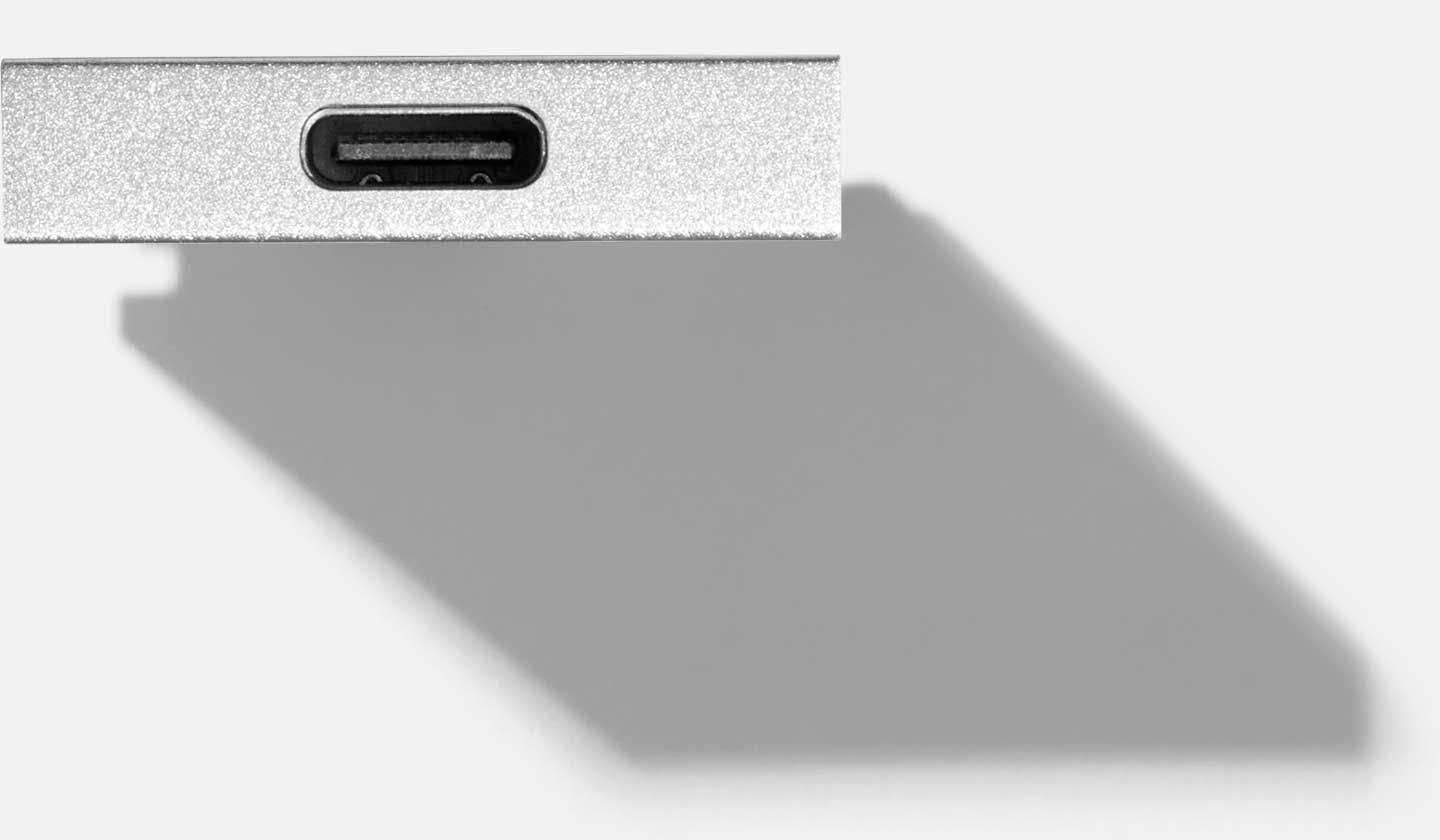
USB-C
The default card, supporting USB4, 48V/5A charging, and DisplayPort Alt Mode for connecting monitors, all on either side of the notebook.
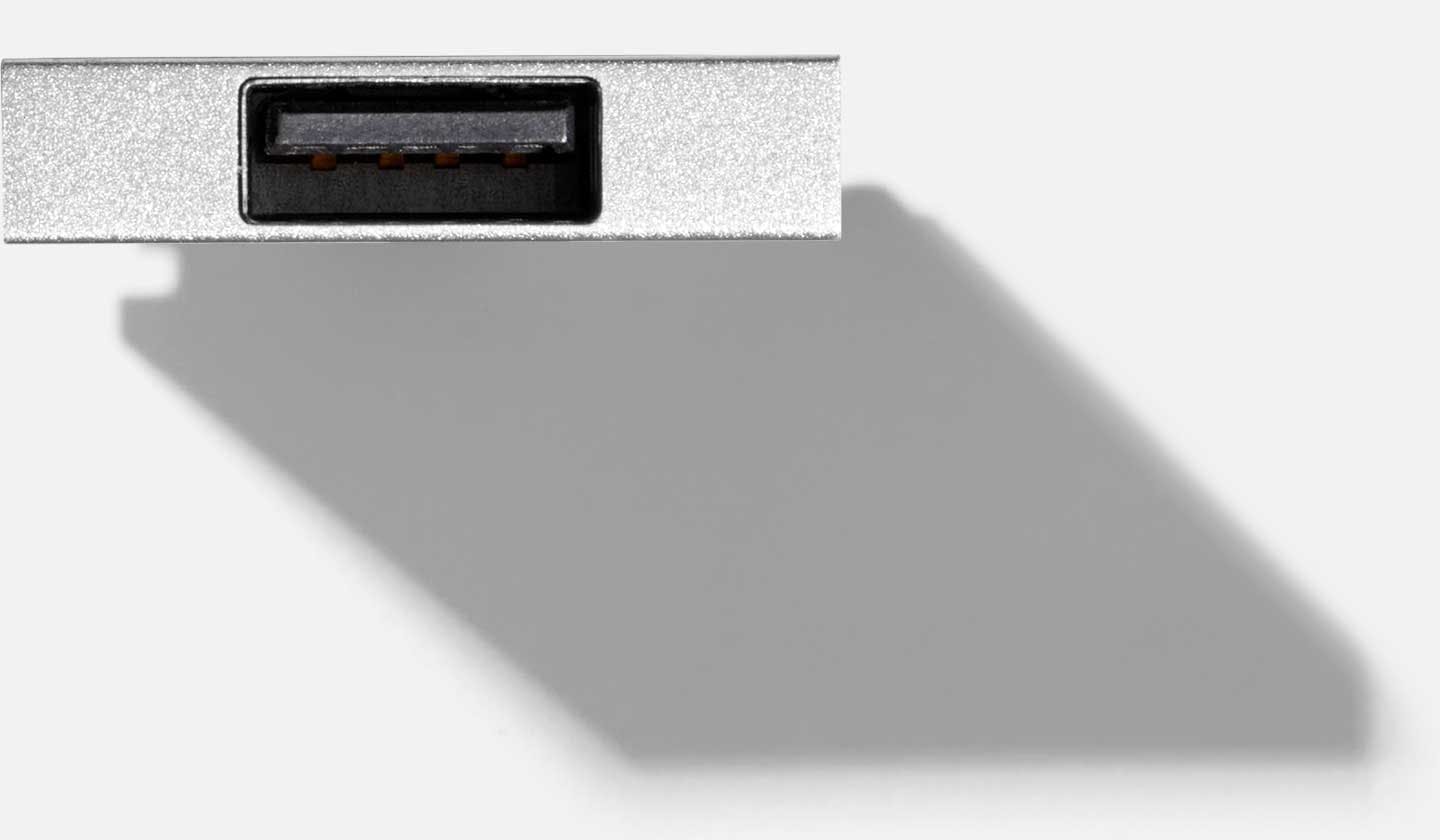
USB-A
Giving you access to the broad range of USB-A devices in the world at up to USB 3.2 Gen 2 speeds.
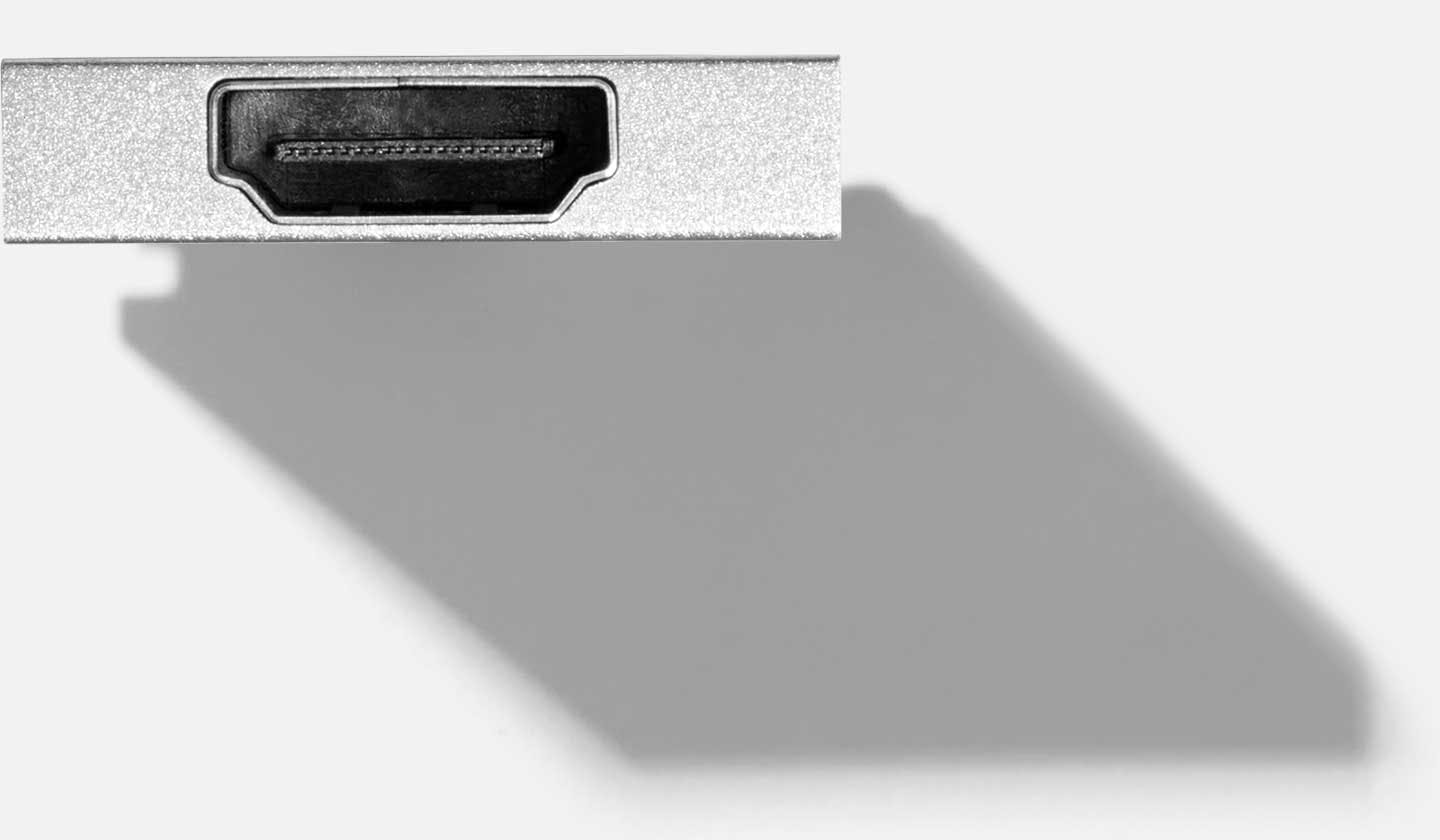
HDMI
Supporting HDMI 2.0b, for up to four monitors and TVs at up to 4K 60Hz using four Expansion Cards.
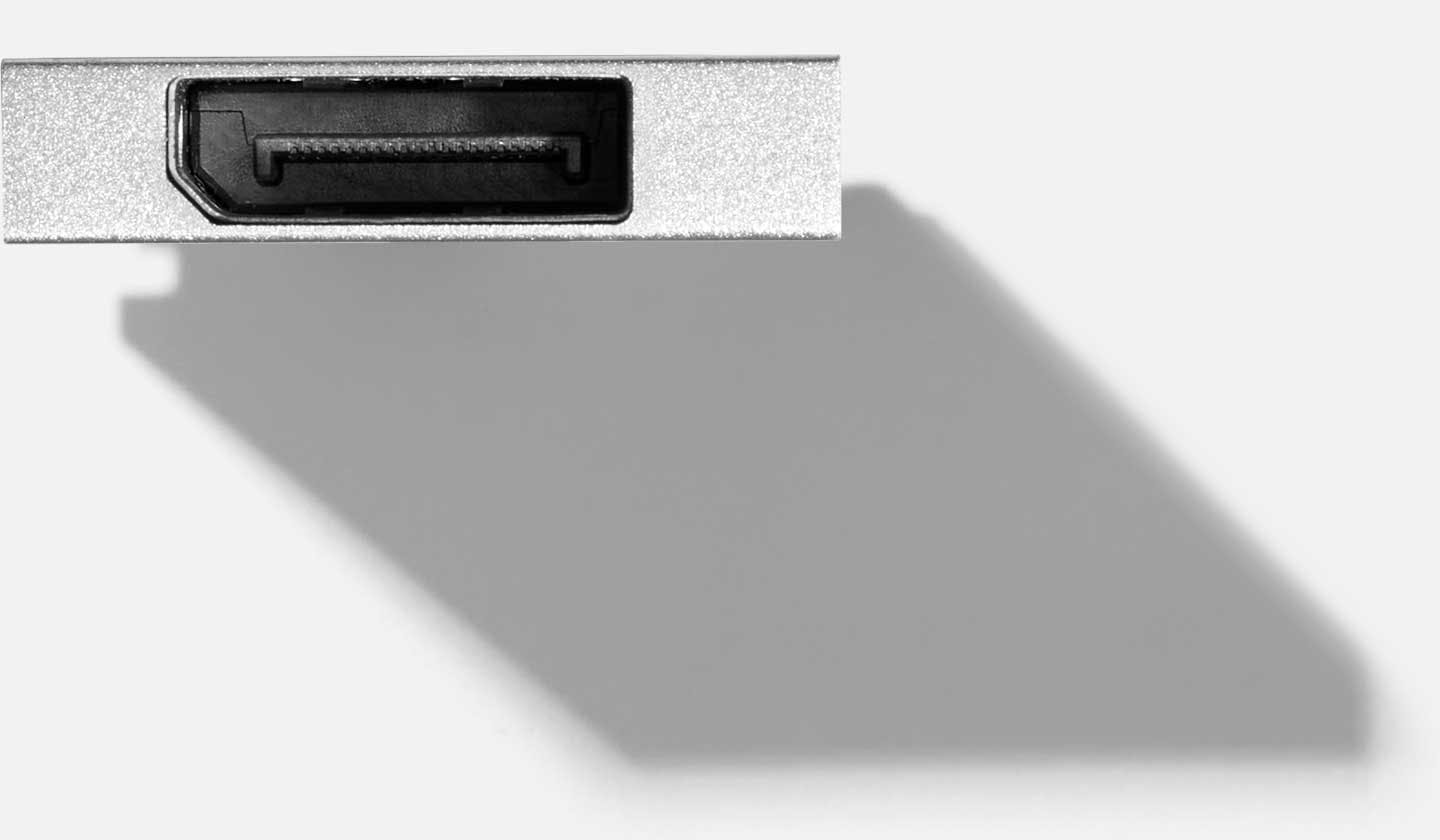
DisplayPort
Supporting display output based on the capabilities of the slot noted in the knowledge base.
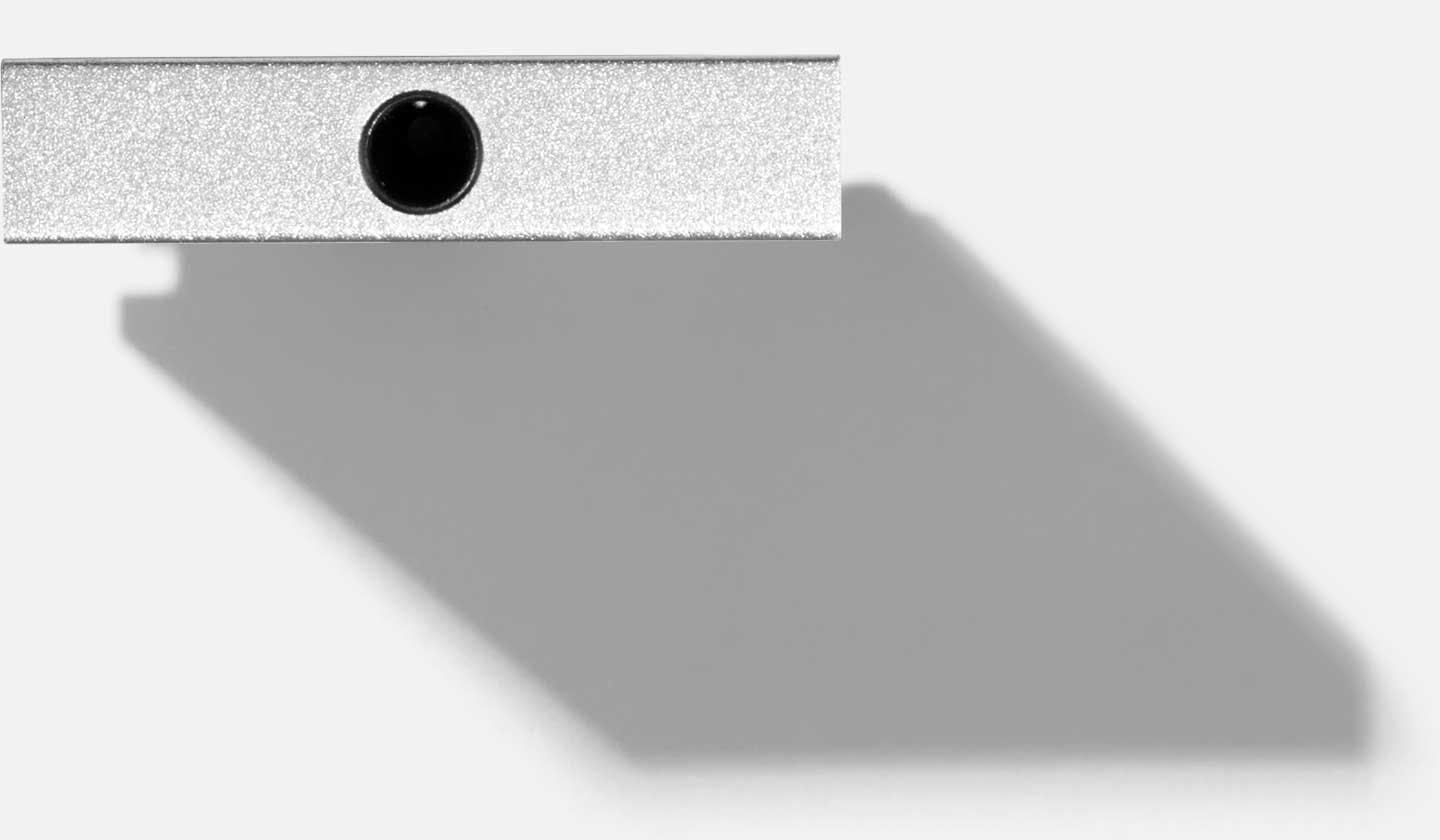
Audio
The Audio Expansion Card enables 3.5mm headphones on Framework Laptop 16.
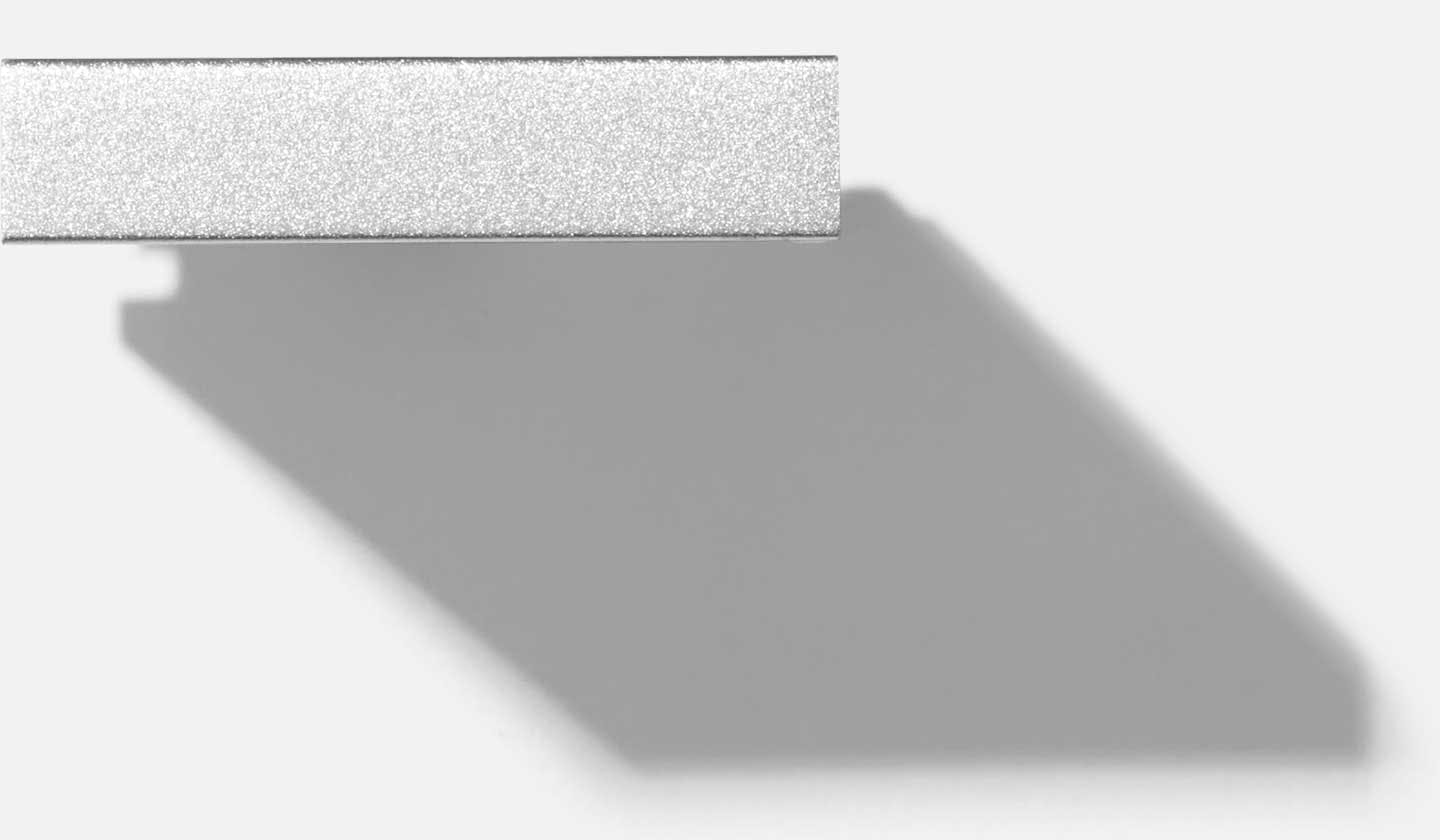
Storage
Ultra high speed storage, available in two capacities. With a USB 3.2 Gen 2 interface supporting 1000 MB/s read rates and 375MB/s and 1000MB/s write rates for 250GB and 1TB respectively.
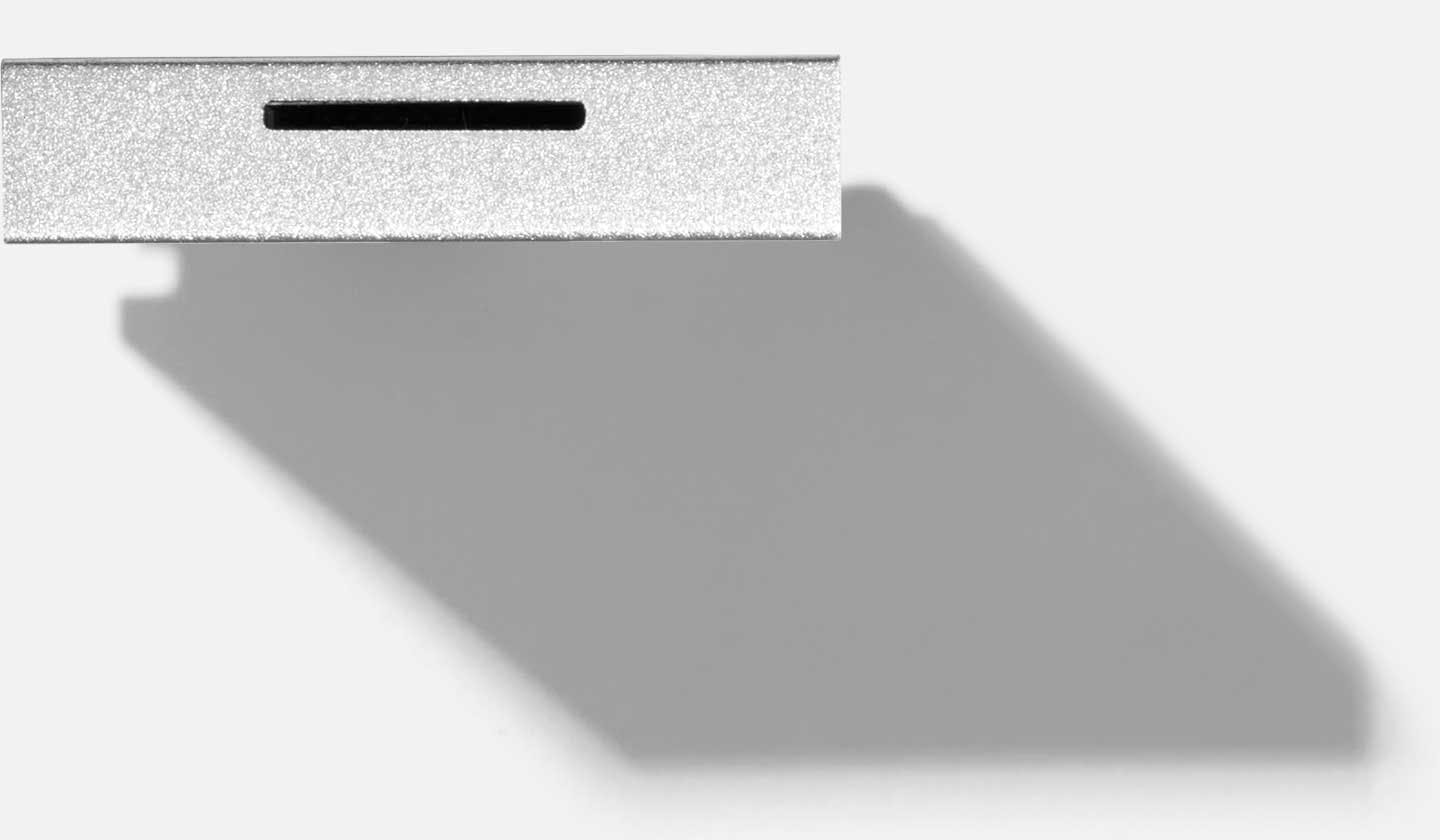
MicroSD
The MicroSD (2nd Gen) Expansion Card supports MicroSD UHS-I and UHS-II cards. Designed to reduce power consumption when a card is not inserted.
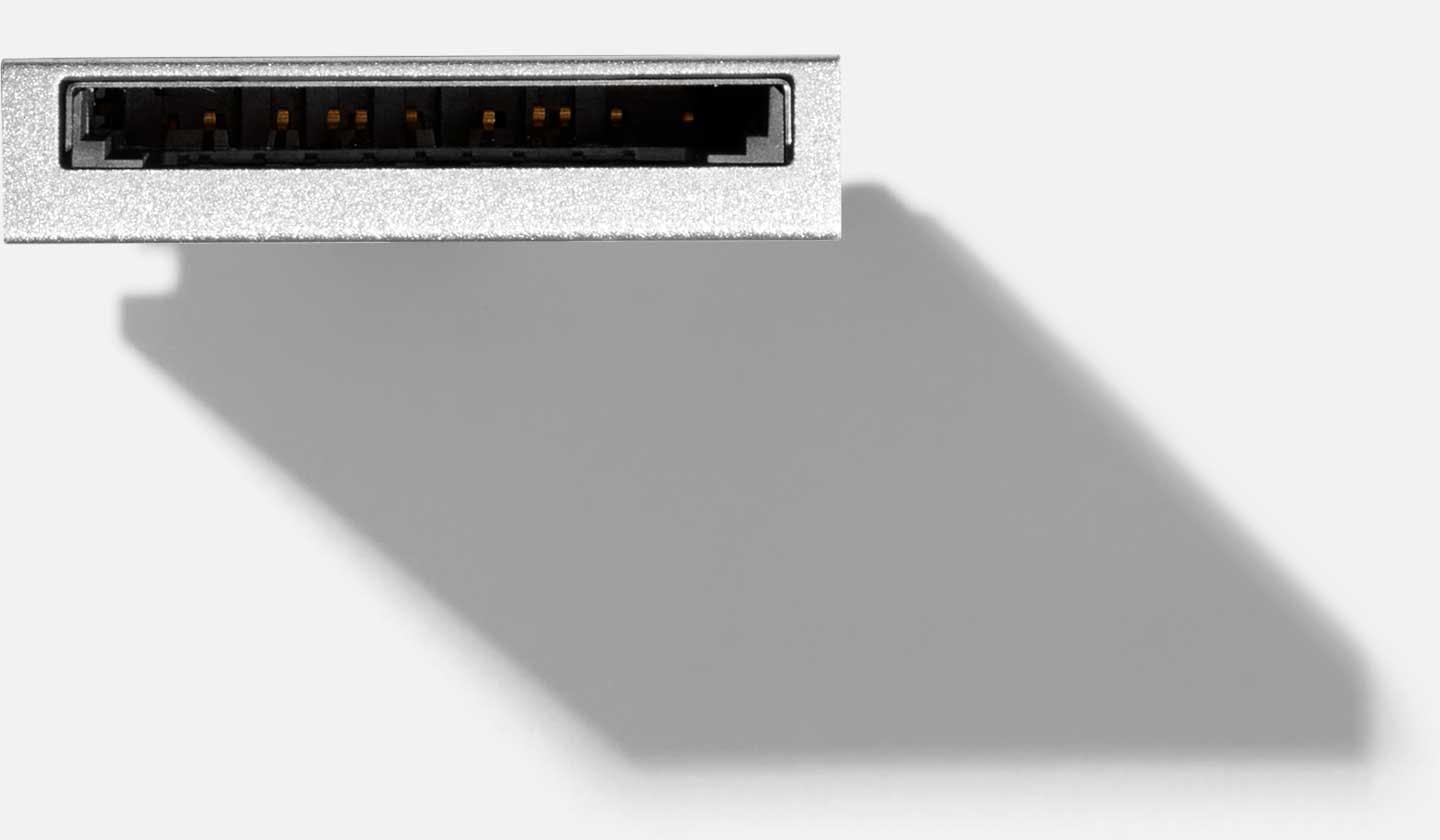
SD
The SD Expansion Card supports UHS-I and UHS-II, letting you transfer data to and from SD cards of all available capacities.
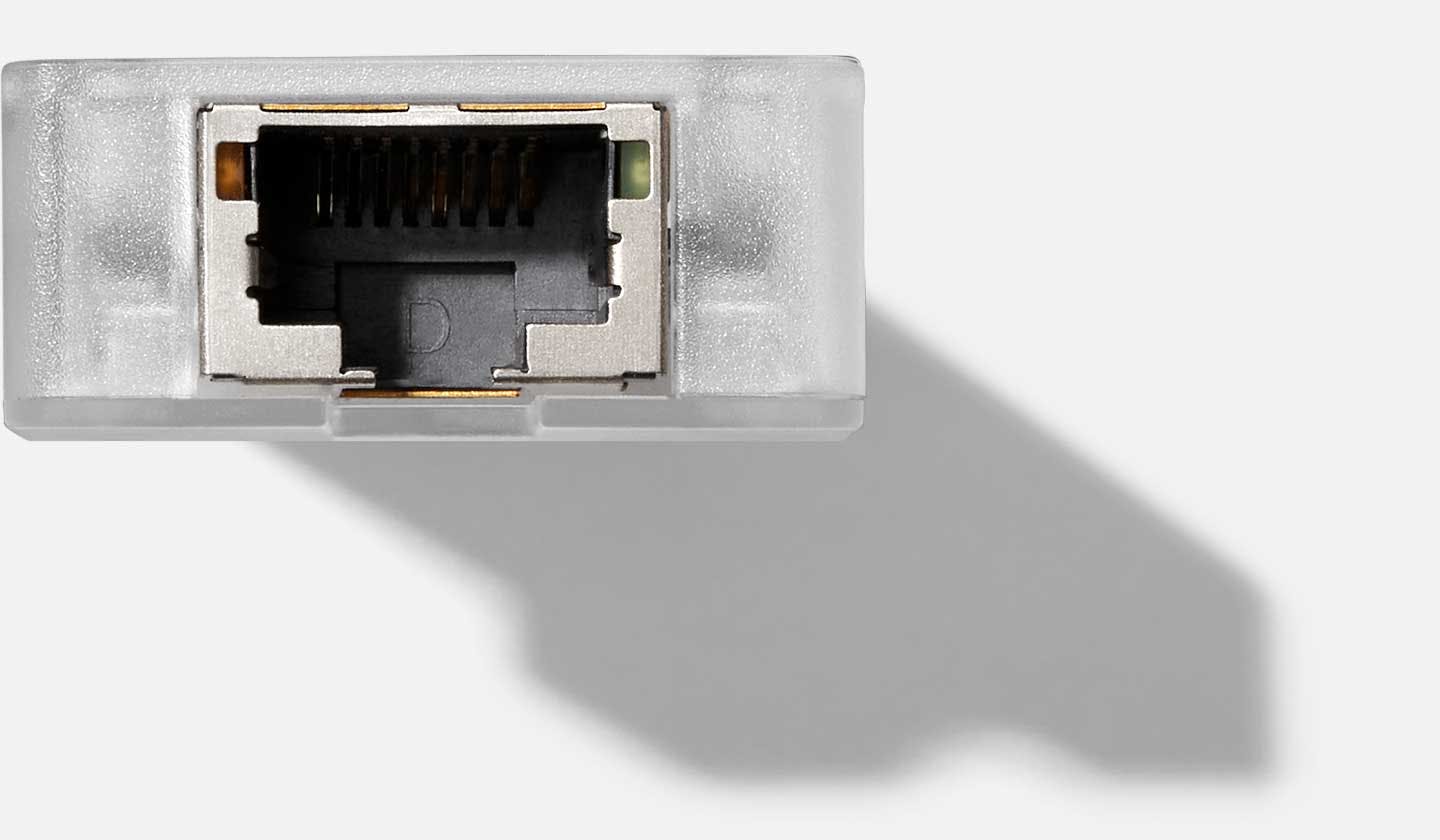
Ethernet
Supporting 2.5Gbit/s and 10/100/1000Mbit/s Ethernet, the Ethernet Expansion Card gives you ultra fast and reliable networking over an RJ45 jack. The clear housing lets you peek at the RTL8156 controller that powers it.
Keyboards
All Framework Laptop 16 keyboards feature 1.5mm key travel and offer your choice of white backlighting or per-key RGB. Built for both flexibility and performance, they support NKRO and run on open source QMK firmware powered by a Raspberry Pi RP2040 microcontroller. The keycaps are made from 30% post-consumer recycled plastics and use a water-based paint process to reduce environmental impact.
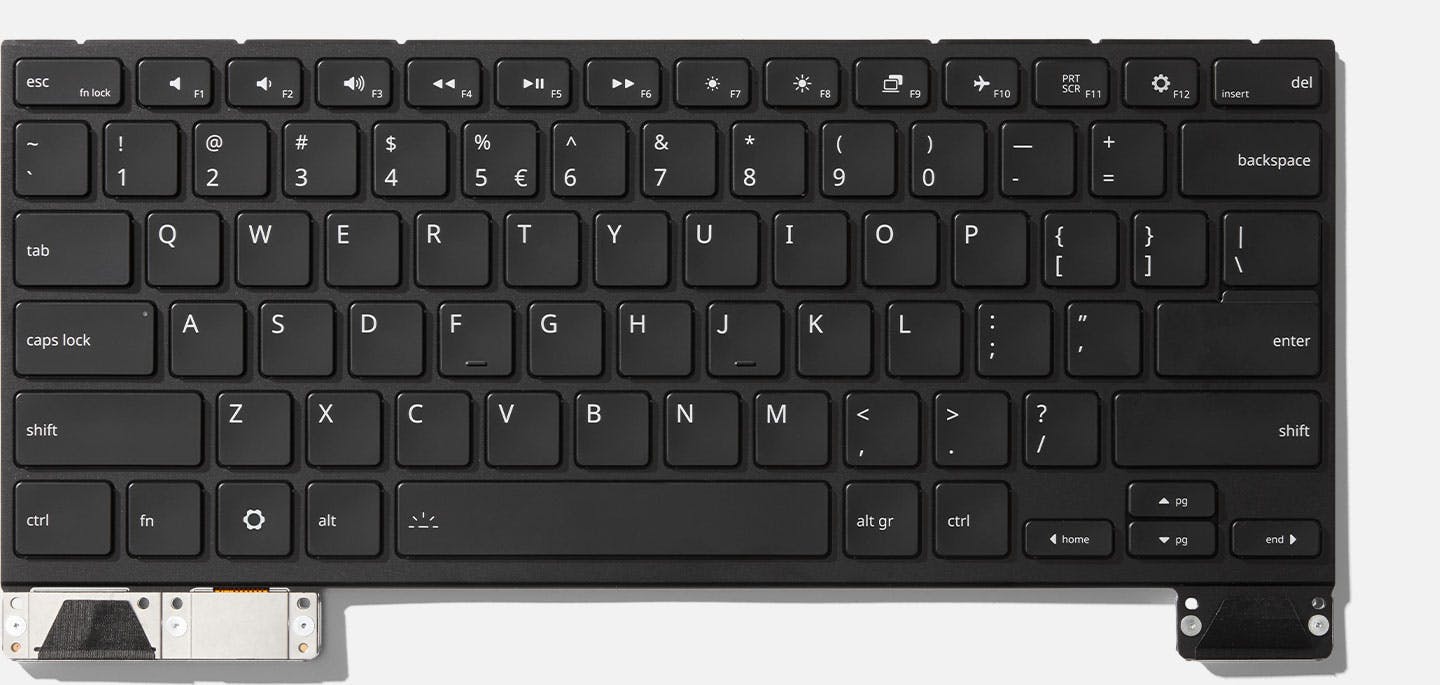
Keyboard
Supports both ANSI and ISO layouts with a toggleable white backlight. Available in 18 languages, with more on the way!
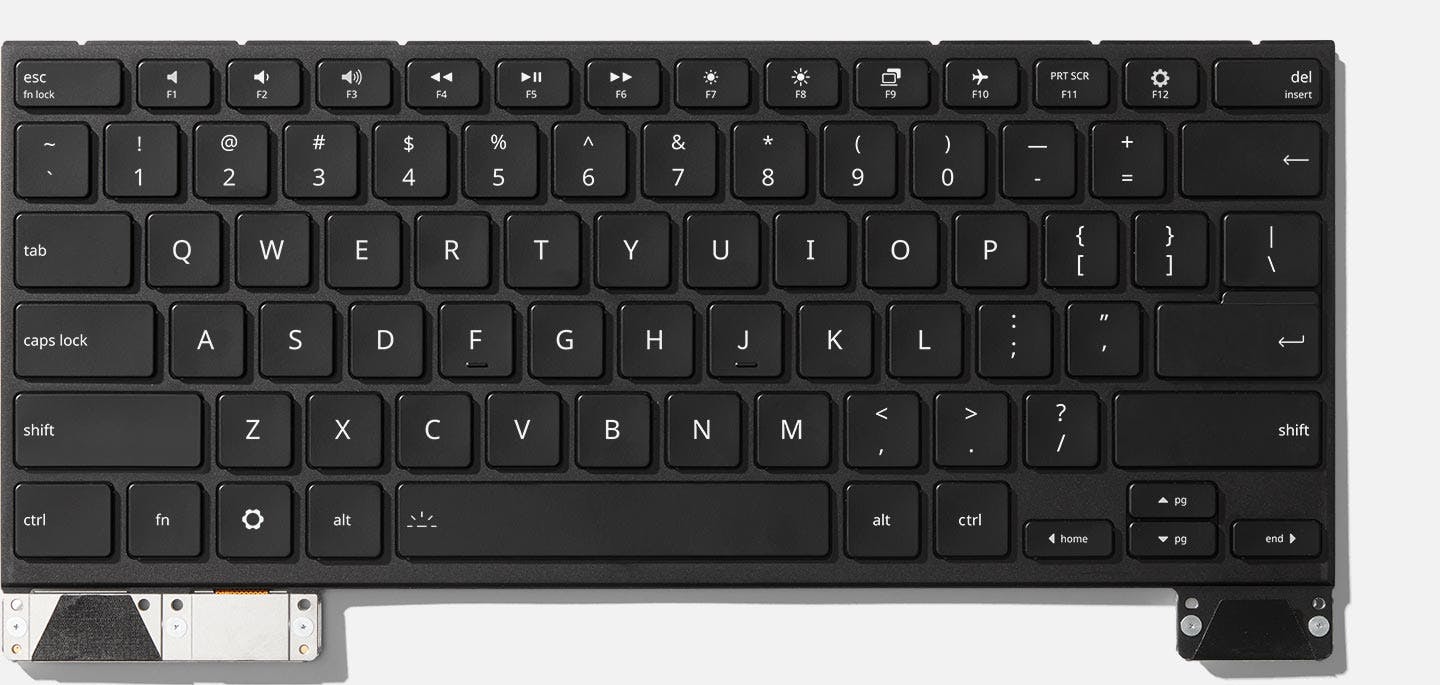
RGB Keyboard
US English keys with an RGB backlight. Use hotkeys or QMK utilities to cycle through lighting effects.

Clear Keyboard
Clear keys in an ANSI layout with an RGB backlight. Use hotkeys or QMK utilities to cycle through lighting effects.
Input Modules
Want a Numpad? It’s yours. Prefer no Numpad? Use two Spacers instead. It's up to you. The Input Deck supports one Keyboard plus either one medium or two small Input Modules at a time. Medium modules can be positioned on either the left or right side of the keyboard, while small modules can be placed both on the left, both on the right, or one on each side.
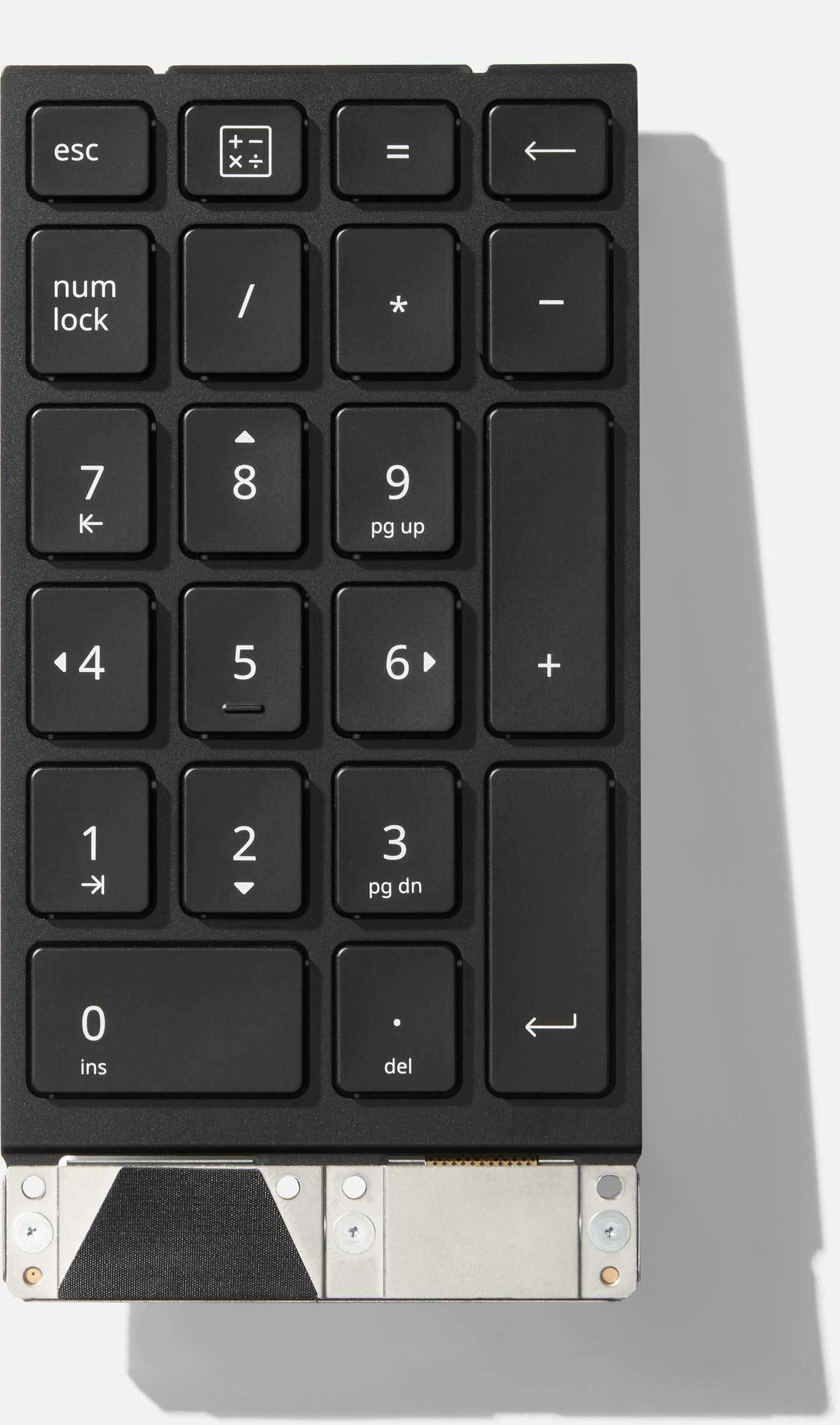
Numpad
Black keys with a toggleable white backlight. 1.5 mm key travel and NKRO support. Runs QMK firmware, enabling you to configure to any layout. Medium-sized Input Module.

RGB Macropad
Clear keys with a RGB backlight. 1.5mm key travel and NKRO support. Use hotkeys or QMK utilities to cycle through lighting effects. Runs QMK firmware, enabling you to configure it to any layout. Medium-sized Input Module.
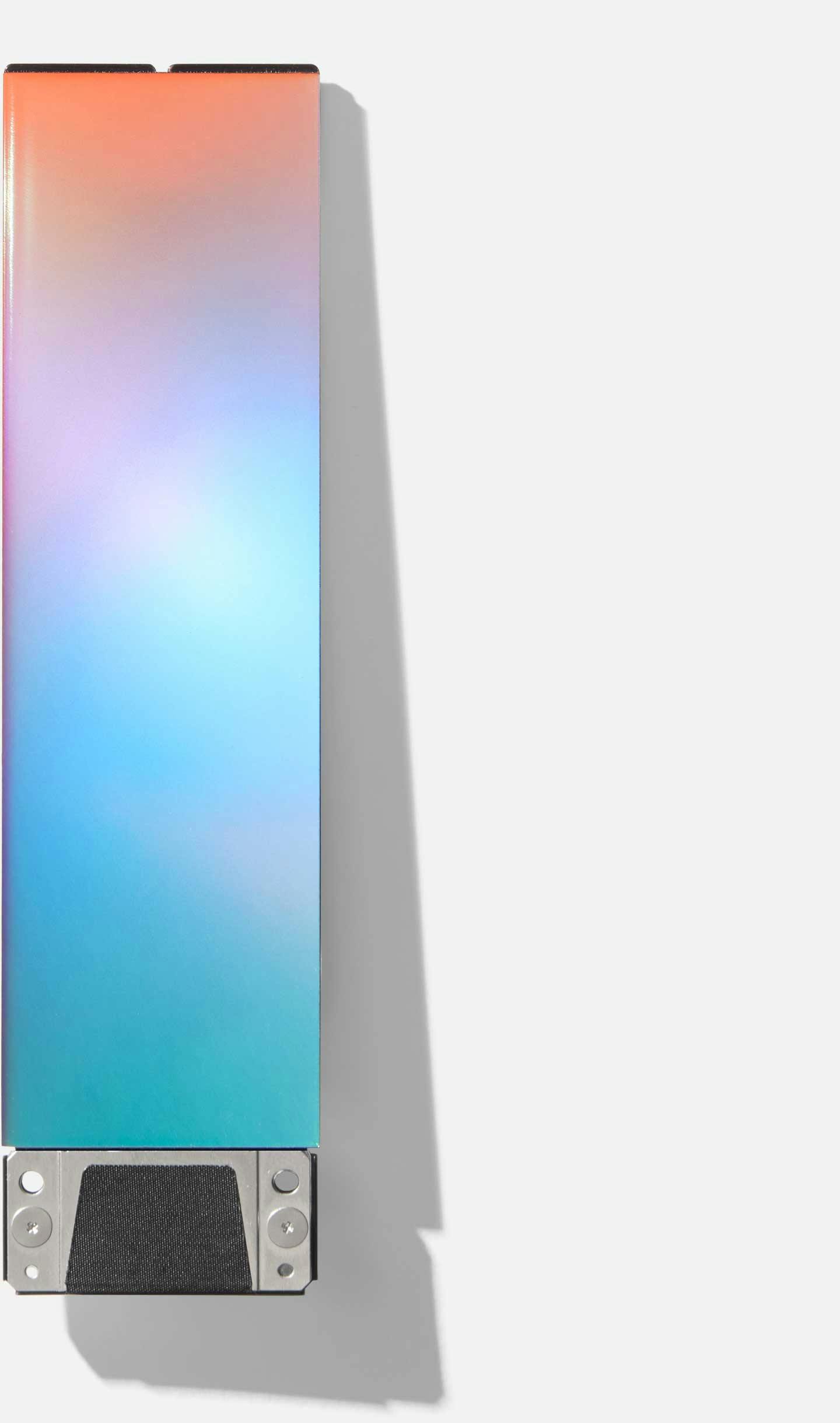
Spacers
Cosmetic spacers may not add functionality, but they sure look cool. Pick your favorite colors, match your Bezel, or choose alternative materials. Small-sized Input Module.

LED Matrix
The LED Matrix Input Module can be endlessly customized: track your battery life levels, set a timer, have a flashing notification alert, scroll text, or even play a game of Snake. The open source firmware and interface APIs make it easy for you to personalize and create your own features.
Bezels
Thanks to the Bezel’s magnetic attachment system, you can access the screen for replacements and swap in new Bezel colors in a matter of seconds.
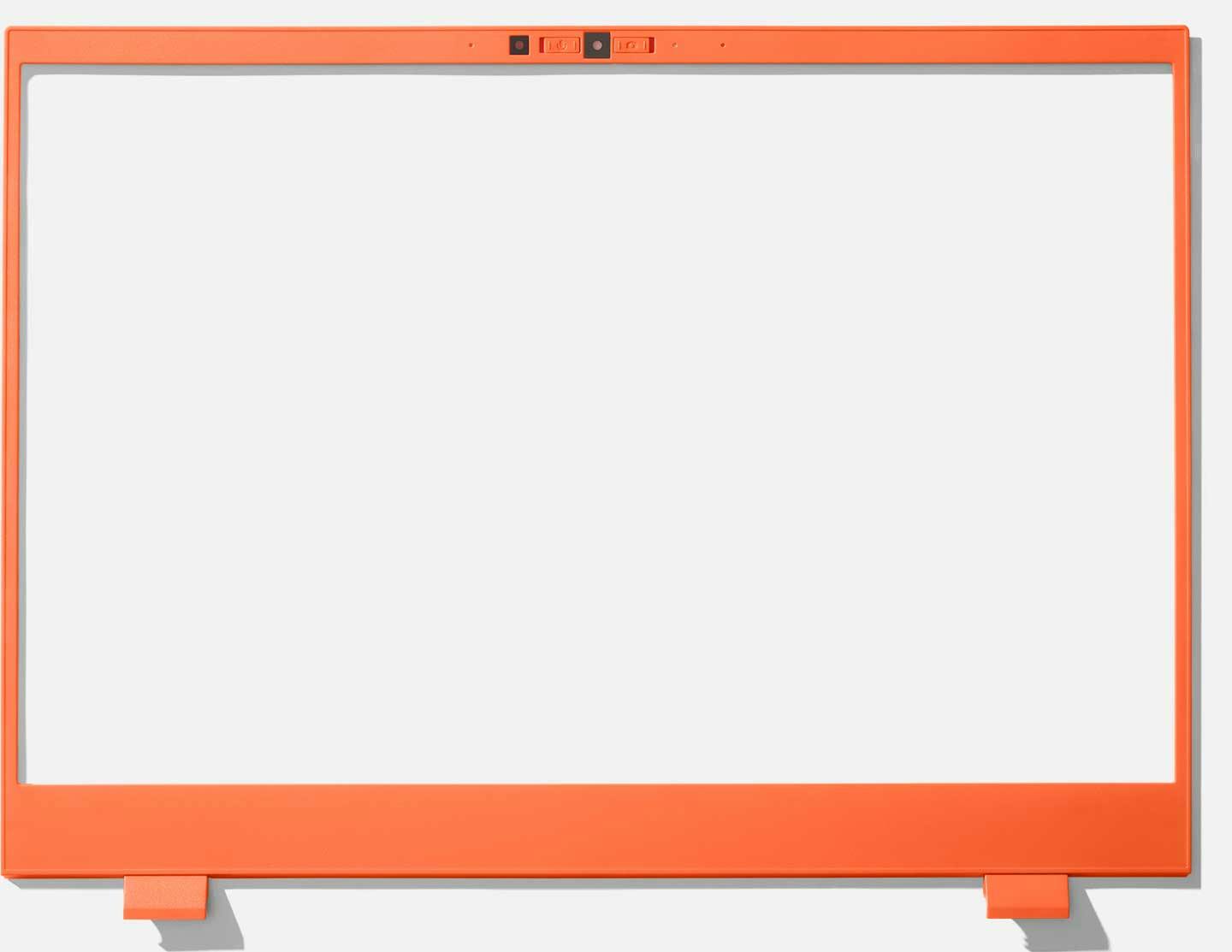
Orange
Easily swap to Framework's classic orange.
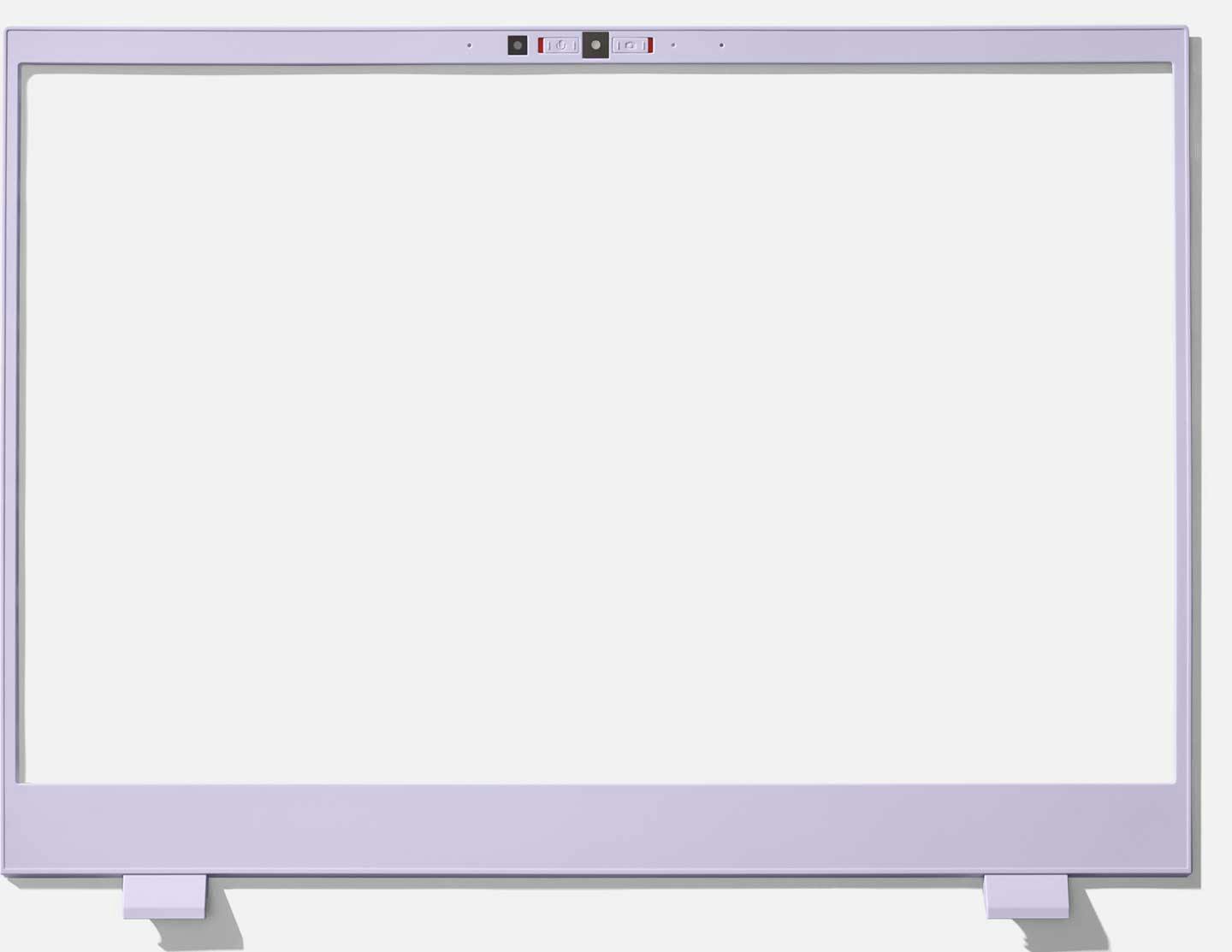
Lavender
Add a splash of color with the lavender Bezel.
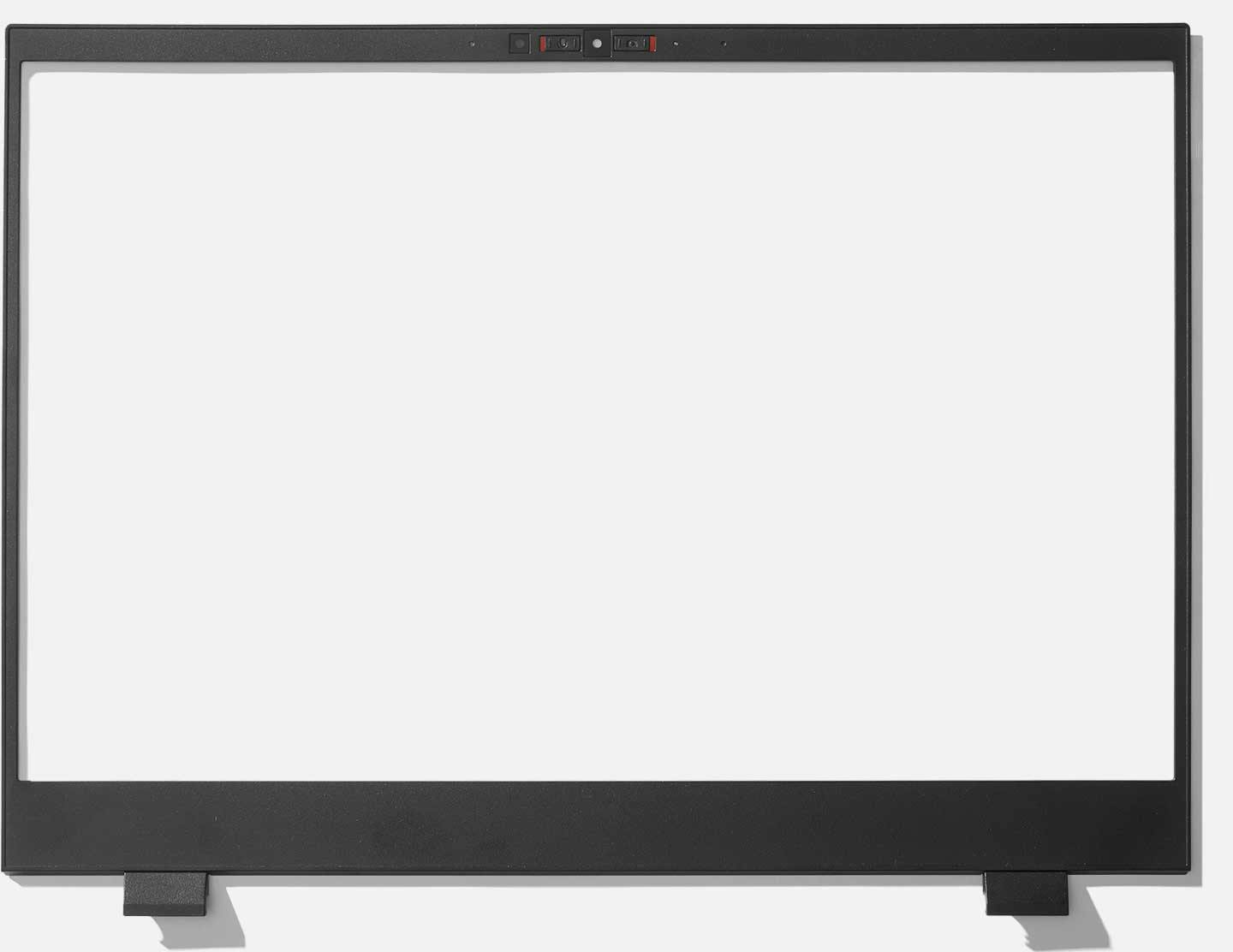
Black
Keep it simple and sleek with the black Bezel.
Open source ecosystems
This product isn’t ours, it’s yours. We’ve opened design files and documentation on GitHub for Input Modules (powered by QMK firmware on Raspberry Pi RP2040), the Expansion Bay system, Expansion Cards, embedded controller firmware, and more under open source licenses.
Open source ecosystems
This product isn’t ours, it’s yours. We’ve opened design files and documentation on GitHub for Input Modules (powered by QMK firmware on Raspberry Pi RP2040), the Expansion Bay system, Expansion Cards, embedded controller firmware, and more under open source licenses.